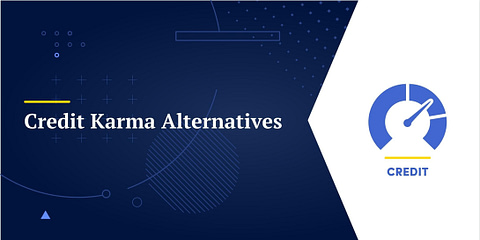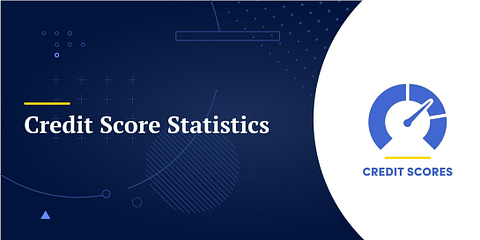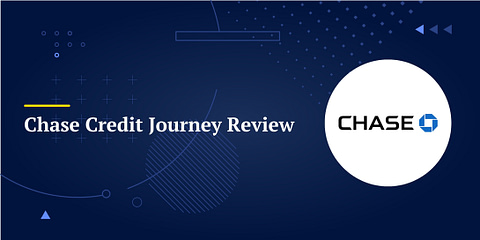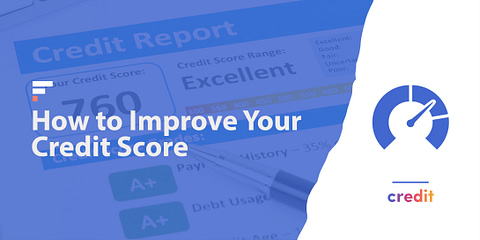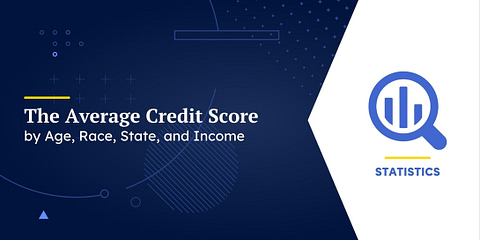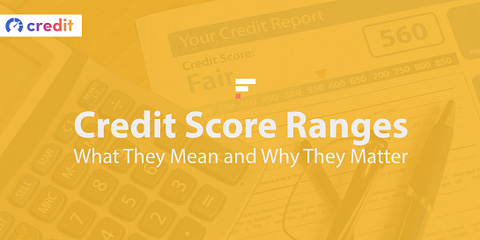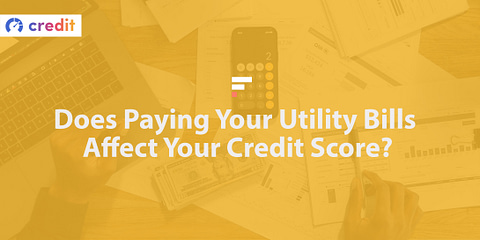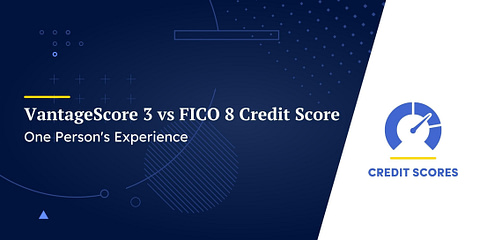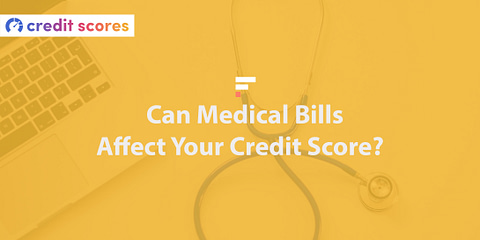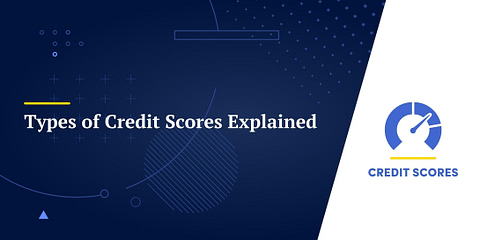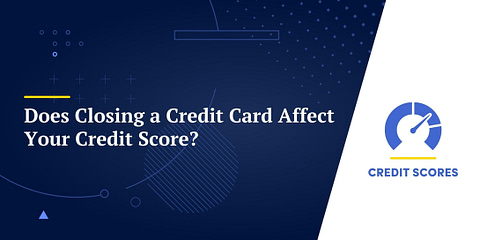FICO, the leading US provider of credit scores, provides numerous different scoring models. You’ve probably heard of FICO 8, FICO 9, the FICO Auto Lending Score, and many others. But what is UltraFICO? What does one more credit score accomplish?
Released in 2019, UltraFICO is a new scoring model created by the Fair Isaac Corporation (FICO). It includes your banking history when calculating your credit score.
With the rise of lenders using alternative credit data, like education, banking history, and rental history, it’s no surprise that FICO is jumping on board with the trend.
In this article, we’ll provide an answer to the “What is UltraFICO?” question, take a look at how this new scoring model works, who it is available to, and who benefits from it the most.
What Is UltraFICO: How Does It Work?

The new UltraFICO process starts with your credit history being checked (on Experian) and your credit information being gathered to calculate your traditional FICO score.
As part of the next step, you agree to let FICO pull your banking history. This information can include:
- The age of your checking account.
- Your savings account balances.
- Debit card use and/or ACH payments.
- Whether or not you have ever overdrawn your account.
- Your average monthly balances.
FICO then integrates this information into its credit score calculation. The resulting UltraFICO credit score will still have the same 300 to 850 range as a traditional credit score but is designed to provide a better all-around estimation of your creditworthiness.
What Is UltraFICO: Who Benefits From It
The UltraFICO scoring model was developed to help both you, the consumer, as well as lenders. On its website, FICO states the following.
An UltraFICO® Score gives lenders a clearer picture of who you are as a borrower. Have you ever felt like your traditional credit score doesn’t tell the full story? Your UltraFICO® Score takes your banking activity into consideration, which provides lenders with a more comprehensive picture of your unique financial situation.
With this in mind, let’s take a closer look at the difference in how UltraFICO helps consumers versus lenders.
Consumers
The UltraFICO model will have the biggest impact on those who have little to no credit history.
For those who don’t have enough credit history to generate a score, incorporating banking history may help them generate a credit score. This can be important to financially responsible people who have avoided loans and credit cards.
And those with thin credit profiles (not much credit history) could see a significant credit score increase with the UltraFICO model. When UltraFICO becomes more widely used, it is estimated that it could help more than 53 million Americans with thin credit profiles.
Lenders
Lenders using UltraFICO may see several benefits, including gaining better risk insight and expanding their customer bases.
Using UltraFICO in lending decisions can help lenders issue more competitive offers, approve more borrowers near score cut-offs, and generally broaden their lending to be more inclusive.
Attracting more qualified customers often equals greater profits for lenders.
Who Won’t Benefit?
The UltraFICO model is currently only used by select lenders, so those trying to apply for credit from non-participating lenders won’t benefit. The FICO 8 score is still the credit score most used by lenders.
Borrowers with poor payment histories, collections, or other negative entries on their credit reports likely will not see as significant a boost when using UltraFICO.
Those with limited or poor banking history (i.e., overdrafts and low balances, etc.) likely will not see any score improvement with UltraFICO.
How Do I Get an UltraFICO Score?
The use of the UltraFICO score is limited to Experian credit profiles and is currently only offered through select lenders. To get your UltraFICO score, you’ll first need to be denied credit with your traditional FICO score.
Once you are initially denied credit or offered unfavorable terms (i.e., high APRs) with a participating lender, they may offer you a 2nd chance credit look by linking to your bank accounts. Your banking history will then be pulled, and your UltraFICO score instantly calculated.
Depending on your banking history, your UltraFICO score may now get you approved for the lending product or qualify you for better terms.
Alternatives to UltraFICO
UltraFICO is not widely available yet. Therefore, it may not help you land the credit you are applying for. So, what can you do now to improve your chances of credit approval?
Find Lenders Using Alternative Credit Data
While only a few lenders currently use UltraFICO, other lenders already use alternative data outside the UltraFICO scoring model.
For instance, Petal uses a propriety CashScore similar to UltraFICO. And Cred.ai has a unicorn card with approval based on your banking history.
You can also look into credit products that don’t require a credit check.
Improve Your Credit Score
Increasing your credit score is the best way to improve your approval odds.
To optimize your credit score, you’ll want to keep your credit utilization low, your number of inquiries low, and your payment history 100% on time.
You can also look into other credit-building ideas like becoming an authorized user, opening credit-building loan accounts, using Experian Boost, and more.
FAQs
The majority of individuals (more than 60%) with thin credit profiles see a credit score increase of at least 10 points or more with UltraFICO. More than 20% of UltraFICO users saw increases of 30+ points.
How much your credit score will improve depends on your unique credit profile and banking history.
The new scoring model was developed in 2018, with the Experian and Finicity partnership being launched in 2019.
The new scoring model is only open through the Experian/Finicity partnership. Only lenders using services through the partnership can offer consumers the ability to calculate UltraFICO scores.
FICO estimates that 15 million consumers currently have access to UltraFICO.
The UltraFICO scoring model uses banking history, which is a type of alternative data. This information is just one piece of your resulting UltraFICO score. The score calculation also considers payment history, credit limits, inquiries, and more.
Lenders that use alternative data often have propriety approval processes, which can include evaluating multiple types of alternative data. Some lenders include traditional credit information, while others exclusively use alternative data to determine approval.
No. Receiving your UltraFICO score does not result in a hard pull of your credit. However, each lender first performs a traditional credit score evaluation before offering you the chance to use UltraFICO. This initial credit score evaluation may come with a hard inquiry.
Yes. While uncommon, some users receive lower scores when linking their bank accounts. In a study of applicants, FICO found that 22% of applicants received no score increase or a lower score with UltraFICO.
This was despite the fact that all applicants had consistent and positive banking history (i.e., average monthly balance of $400 or more).
No. Your UltraFICO score will not replace your regular credit score, nor will your banking history suddenly appear on your credit reports.
Using the UltraFICO scoring model is a one-time credit evaluation by the lender.


